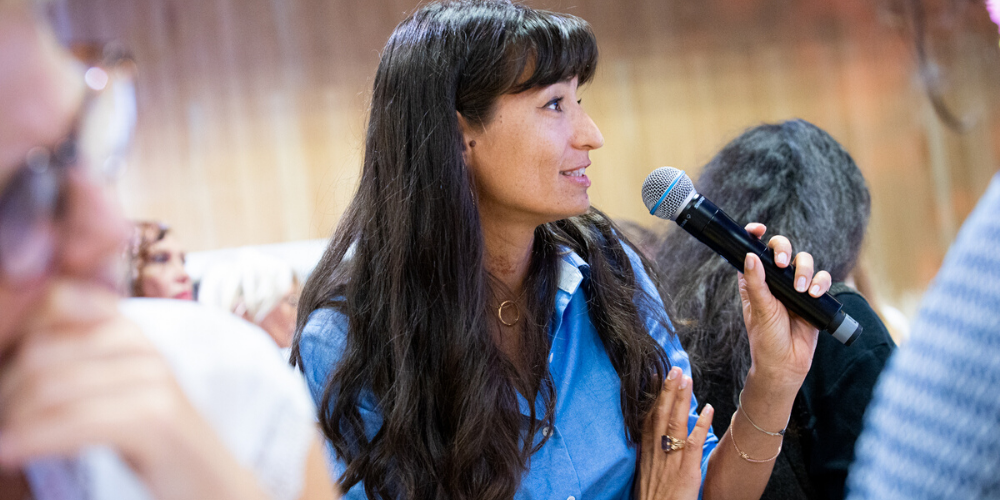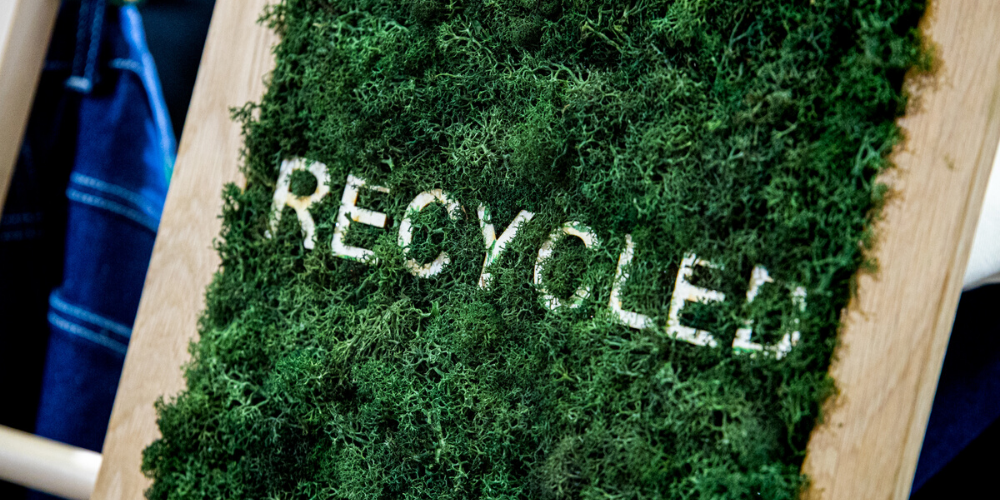FASHION: FOR THE REST OF TIME
Trends
How can we reconcile the challenges of an industry that is inherently perishable with the new imperatives of eco-responsibility?
CSR, responsibility, imperatives, figures, objectives… If we look at the discourse of fashion in recent years, there is the risk that it will gradually become distorted and it will eventually lose its very essence: its creativity, its spontaneity and its irreverence. For fear of losing oneself in a restricted vision of creation, one can indulge in a libertarian discourse of rejection of the norm where the principles of precaution and responsibility have no place. This state of mind, however commendable it may be, forgets one small detail: this long-term industry is not viable. Indeed, after years of over-consumerism and the race for productivity, the world must face the facts: the linear and globalised economy being built today has irreversible social and environmental consequences that must now be curbed in order to restore a certain balance. Or else the fashion industry as we know it, rich in infinite design possibilities, will be overtaken by a more painful reality: that of a world which is “out of breath” and an industry in shortage. These new environmental and social issues were the focus of the discussion between Adeline Dargent from Syndicat de Paris de la Mode Féminine, Deborah Neuberg from the brand De Bonne Facture and Marie Montilaud from the Fédération de la Maille et de la Lingerie, moderated by Constance Dubois.

How can we reconcile the challenges of an industry that is inherently perishable with the new imperatives of eco-responsibility? How can we continue to develop a sector that employs more than 60 million people while promoting a clean model that is conscious of the world from which it draws its inspiration and raw materials? How can we build the fashion of tomorrow? Fashion professionals have been trying to answer these wide-ranging questions for several years, supported in this approach by major international players and groups as well as by a new generation of activists, manufacturers and designers ready to commit themselves to contributing to the renewal of fashion. Faced with a fragile social and environmental reality and new consumer demands, brands must compete with ingenuity and manufacture their collections taking into consideration new factors such as the sourcing of raw materials, working conditions, product traceability, the use of chemical ingredients and the impact of products on health. These are all concerns that consumers now have and that brands will increasingly have to address.
"Yet even today, 80% of companies still do not feel exposed or concerned by these social and ecological imperatives," explains Adeline Dargent from the Syndicat de Paris de la Mode Féminine. Most people don't know what CSR is, for example." CSR stands for corporate social responsibility. Defined by the European Commission, it is about "the voluntary integration by companies of these new social and environmental responsibilities that can have a positive impact on society whilst also promoting an economically viable model", according to the French government's website. Seven commitment factors are identified: human rights, labour relations and conditions, the environment, fair practices, consumer issues, communities and local development. But if CSR is still in a minority in France, especially in fashion, its regulation is becoming more and more controlled. From now on, the precautionary principle also joins that of responsibility and leads to a new temporality in fashion, which must now control its production both upstream and downstream. In the future, they will become key factors in the viability of a company.

The number of initiatives is multiplying in order to support designers and creators in this eco-responsible neo-crusade. The Fédération Française du Prêt à Porter Féminin is therefore offering a practical guide on how to understand these new challenges and how to be able to respond to them regardless of its size or sector of activity. "We must identify and prioritise everyone's social and environmental issues," says Adeline Dargent, “establish a real plan of action to improve the impact of the production chain and verify the commitment of the actions undertaken. And secondly, you have to communicate!" Today, many responsible leaders are leading the way, such as the ethical fashion popesses Vivienne Westwood and Stella Mccartney, or committed digital brands such as the highly bankable American label, Reformation. In France, Le Slip Français, 1083 and their Swiss neighbour Freitag are also key examples. Thus, brands are deciding more and more to commit and are also aware of the desirability factor they will be able to benefit from with the consumer.
The designer Anne Willi is also promoting a virtuous fashion. "Eco-responsibility is part of my DNA. Due to my culture, I’m half Swiss and half French, I have always produced my pieces in small quantities and created small collections as I produce everything in Europe with specific manufacturers." It is a long and difficult process but one that seems to be paying off, as the designer attests. So eco-responsibility, is this the new price to pay for fashion? After years of excessive waste and unbridled productivity, it would seem that these designers are ready to accept it, at the risk of sometimes paying for it themselves. "We are in a process of making production more responsible," says Deborah Neuberg, head of Good Invoice. We work locally with workshops taking into account transport and we choose our natural materials according to their origin or the conditions of animal cruelty." Therefore, it is total commitment at all stages of clothing manufacture that has a direct impact on the creation and temporality of the pieces.
Fashion, which once played on its transitory and capricious character, is indeed tending more and more to sustaining its model. From now on, we are looking at the durability of materials and the distribution of pieces. Fast-fashion, which is consumed and consumed, is gradually being overtaken by a slower, more artisanal and modest model in search of quality and timelessness. "We must think differently in terms of creativity by considering a fashion industry that is no longer subject to the uncertainties of moods and trends. We must return to clothing itself and create historical pieces that will last a long time," concludes Déborah Neuberg.
Now in 2019, the fashion industry is no longer has its head in the stars, but has its feet on the ground. Thanks to a new wave of thinkers, professionals and designers, it is constantly renewing itself in order to create a more virtuous model in line with the times. From now on, we advocate a return to experience and emotion by creating fashion with meaning and history. Faced with these new economic, ecological and social imperatives, industry players seem to be competing with one another in terms of boldness and creativity, to shape the fashion of tomorrow. Far from a dual or Manichean vision, fashion, which was sometimes considered volatile, light and superficial, once again is showing a new face. That of intelligence, innovation and radical fashion. And proves once again that fashion is forever.